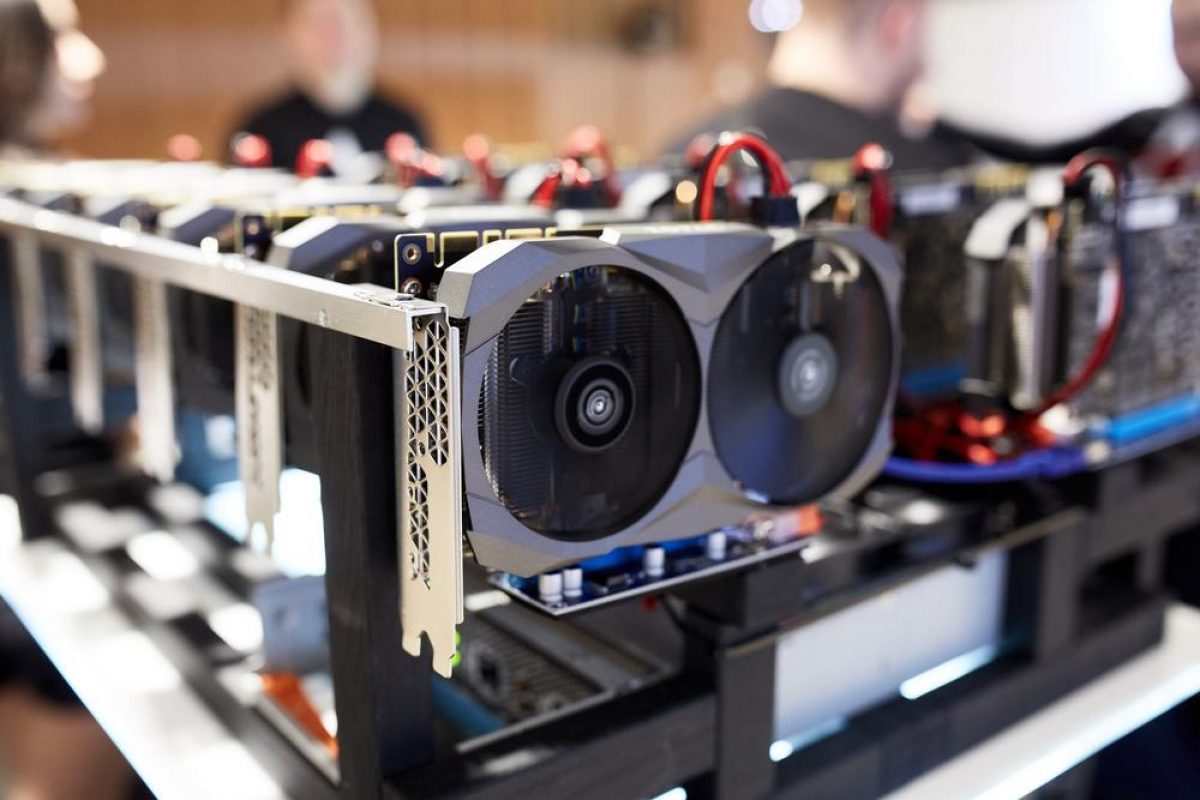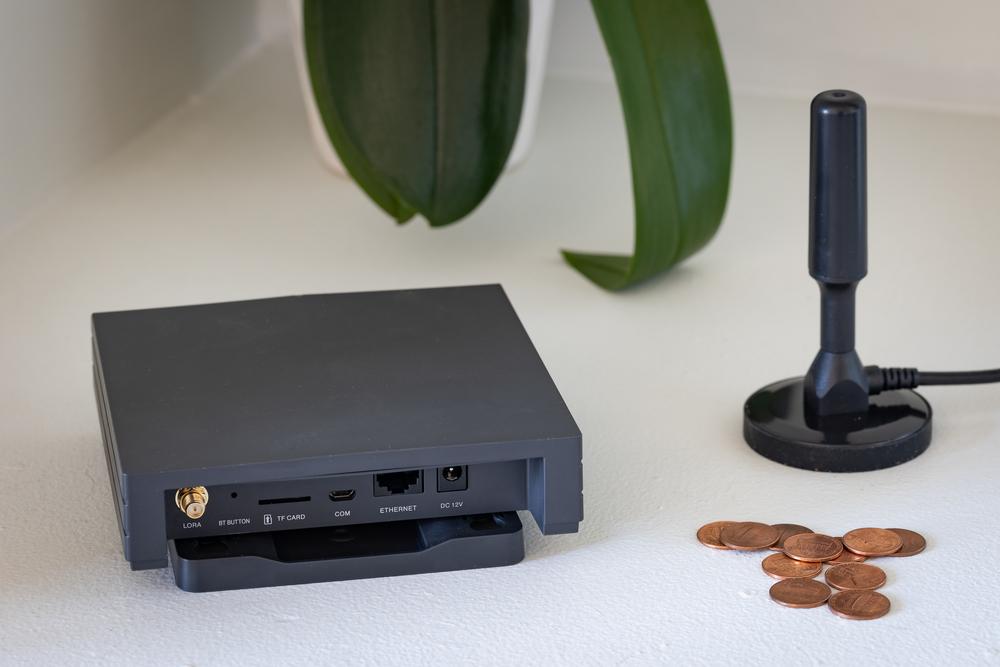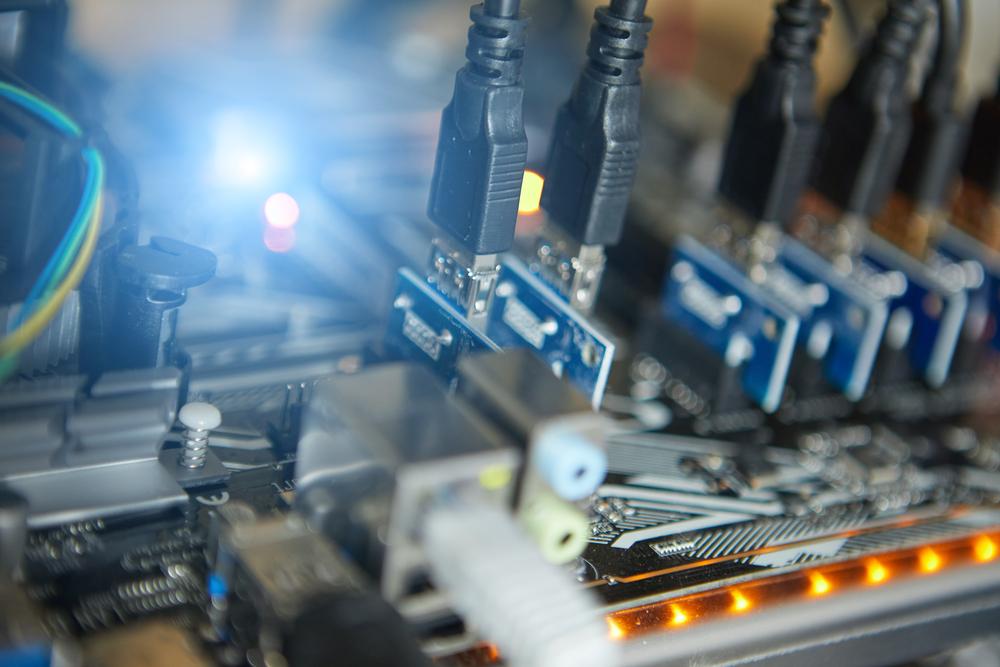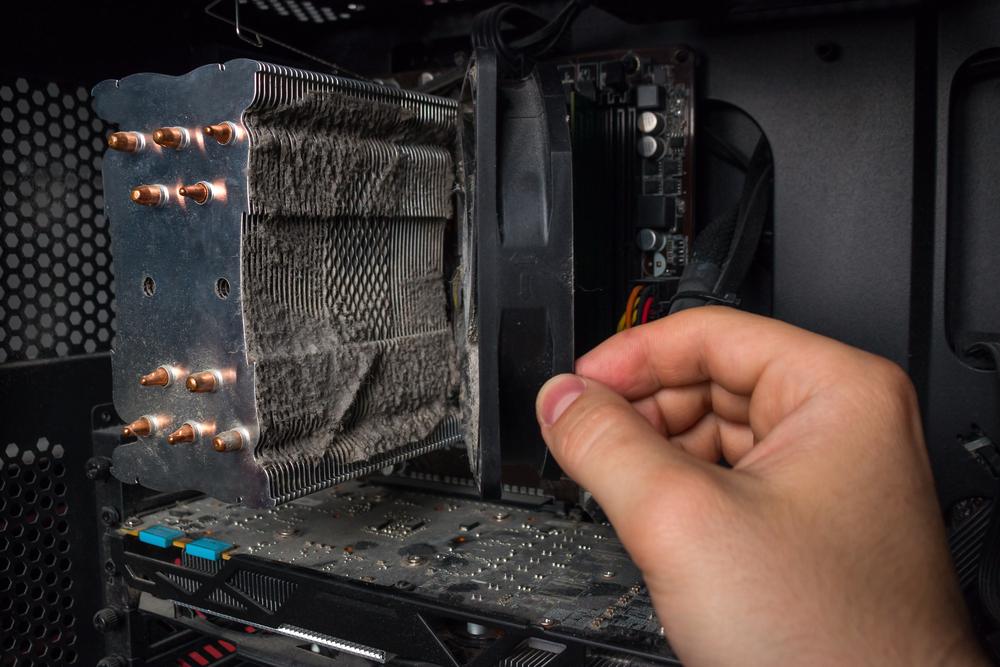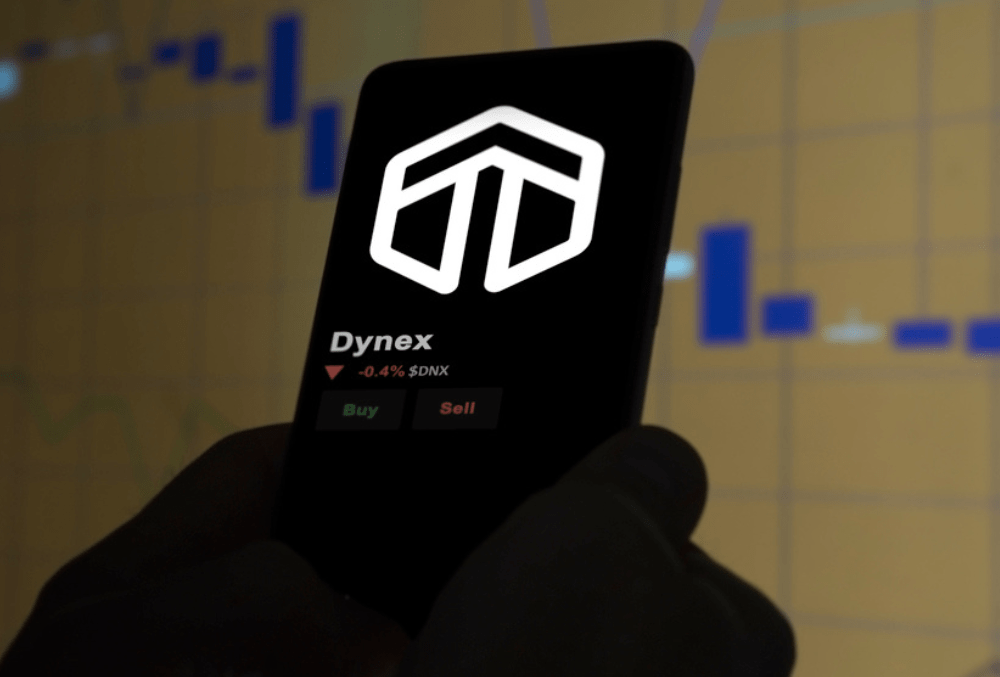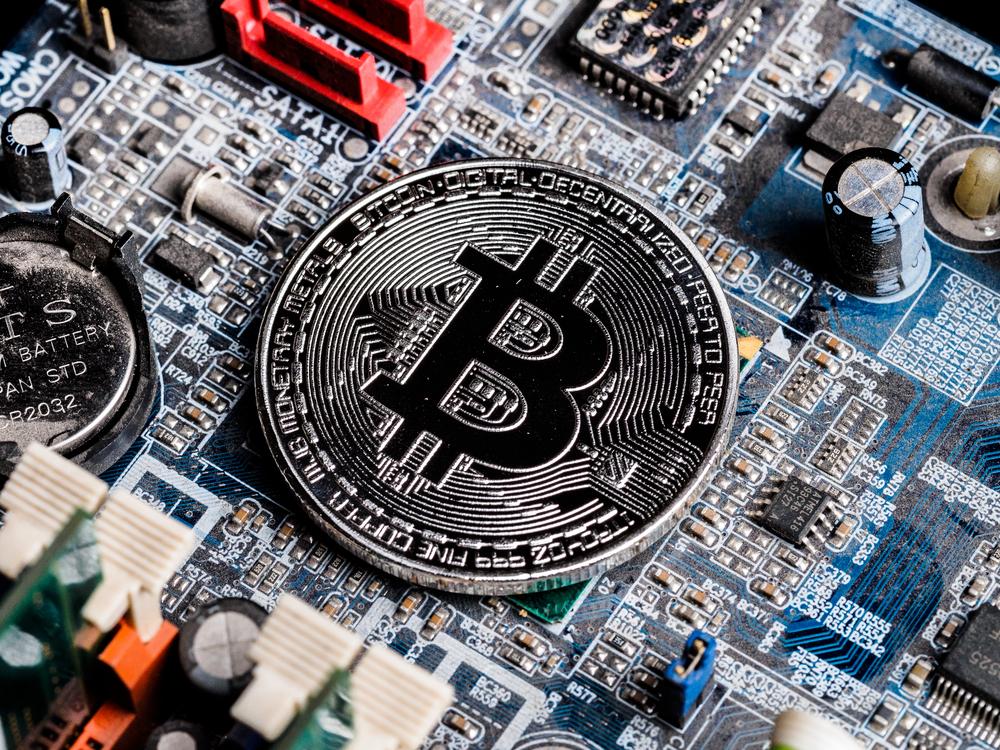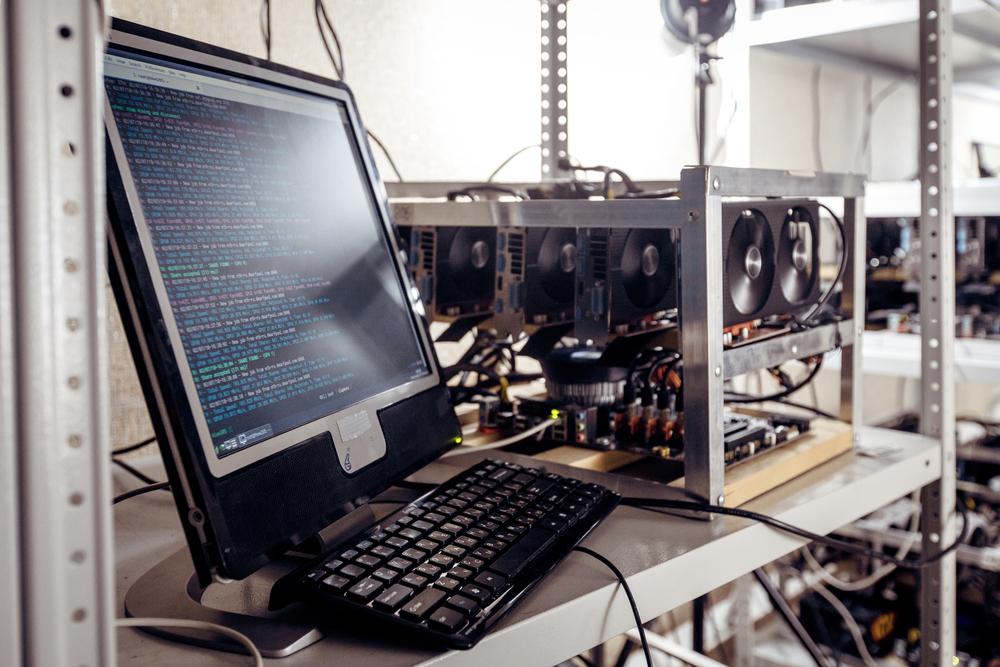Table of Contents
Cryptocurrency mining has become a popular and lucrative venture for individuals seeking to enter the digital currency market. With the right equipment, you can mine cryptocurrencies from the comfort of your own home. In this comprehensive guide, we will delve into the equipment required for crypto mining and provide valuable insights for beginners and enthusiasts alike. ResidentialMiner.com is your trusted source for information on mining at home, and we are here to guide you every step of the way.
Understanding Crypto Mining
Before we dive into the equipment needed, let’s briefly understand what crypto mining entails. Cryptocurrency mining involves validating and recording transactions on a blockchain network. Miners use their computational power to solve complex mathematical problems, which in turn verifies transactions and adds them to the blockchain. Miners are rewarded with newly minted cryptocurrency for their efforts, creating an incentive for individuals to participate in the network.
Types of Crypto Mining Equipment
There are different types of mining equipment available, each suited for specific cryptocurrencies and mining algorithms. Let’s explore the main types of mining equipment:
1. ASIC Miners
ASIC (Application-Specific Integrated Circuit) miners are specialized devices designed exclusively for mining cryptocurrencies. These devices are highly efficient and provide significantly higher hashing power compared to other mining equipment. ASIC miners are specifically built to mine a particular cryptocurrency or a group of similar cryptocurrencies that use the same mining algorithm. They offer exceptional performance but lack flexibility since they are limited to specific mining tasks.
2. Helium Miners
Helium mining is unique as it involves mining the Helium cryptocurrency (HNT) using specialized wireless hotspot devices. These devices create a decentralized network for IoT (Internet of Things) devices and provide coverage for the Helium network. Helium miners work by validating and securing wireless data transmissions in their vicinity. By participating in Helium mining, individuals can earn HNT tokens as rewards for supporting the network.
3. GPU Miners
GPU (Graphics Processing Unit) miners utilize powerful graphics cards to mine cryptocurrencies. These miners are versatile and widely used, offering high computational capabilities for mining various cryptocurrencies. GPUs are known for their parallel processing capabilities, which make them efficient at solving complex mathematical problems involved in mining. GPU miners can be customized to mine different coins by selecting the appropriate mining software and algorithms.
4. CPU Miners
CPU (Central Processing Unit) miners use the main processor of a computer to mine cryptocurrencies. While CPUs are not as efficient as ASIC or GPU miners, they can still be used for mining certain cryptocurrencies, especially those with less computational complexity. CPU mining is more accessible to beginners since it doesn’t require specialized hardware. However, it may not provide substantial mining rewards compared to more powerful mining equipment.
Equipment Needed for Each Mining Type
Now that we have explored the different types of crypto mining equipment, let’s delve into the specific equipment required for each type:
ASIC Miners
- ASIC Miner: The primary equipment required for ASIC mining is the ASIC miner itself. It is a specialized device built specifically for the targeted cryptocurrency or mining algorithm.
- Power Supply Unit (PSU): ASIC miners require a reliable power supply unit that can provide sufficient wattage to meet the power demands of the miner. It’s crucial to select a PSU with high efficiency and stability to ensure smooth operation.
- Cooling System: ASIC miners generate a significant amount of heat, so a robust cooling system is essential. This may include fans, heat sinks, or even liquid cooling systems, depending on the miner’s design and power consumption.
- Internet Connection: A stable and reliable internet connection is necessary to connect the ASIC miner to the mining pool or blockchain network for efficient mining operations.
- Mining Software: Choose a mining software compatible with your ASIC miner and the targeted cryptocurrency. The software facilitates communication between the miner and the mining pool or network, enabling you to monitor and control the mining process.
- Mining Pool Account: Joining a mining pool can increase your chances of earning mining rewards consistently. Sign up for an account with a reputable mining pool and configure your ASIC miner to connect to the pool’s server.
- Wallet Address: Create a wallet address specific to the cryptocurrency you are mining. This address is where you will receive your mining rewards, so make sure to choose a secure and reliable wallet solution.
- Networking Equipment: Depending on your mining setup, you may need networking equipment such as an Ethernet cable, router, and switches to establish a stable and secure connection between your ASIC miner, internet router, and mining pool.
- Mining Rig Frame or Rack: To organize and secure your ASIC miners, you may need a dedicated mining rig frame or rack that can accommodate the size and weight of the equipment.
- Monitoring and Control Software: Consider using monitoring and control software that allows you to remotely manage and monitor your ASIC miners. These software solutions provide real-time data on mining performance, temperature, and other vital metrics.
Helium Miners
- Helium Hotspot Device: Helium miners need a dedicated Helium hotspot device, such as the Helium Network’s approved miner models, to participate in Helium mining.
- Antenna: An outdoor antenna is used to capture wireless signals from nearby IoT devices and relay them to the Helium network.
- Lightning Arrestor: A lightning arrestor helps protect your equipment from electrical surges caused by lightning strikes, ensuring the safety and longevity of your mining setup.
- Ground Cable: A grounding cable connects your mining equipment to a grounding rod or a suitable ground source to dissipate electrical charges and provide additional protection against electrical surges.
- **Ethernet Cable: An Ethernet cable is used to connect the Helium hotspot device to your internet router, ensuring a stable and reliable internet connection. ** Currently, all my hotspots are connected wirelessly.
- Power Supply: A reliable power supply is required to provide electricity to your Helium mining equipment. Ensure that the power supply meets the necessary voltage and wattage requirements.
- Mounting Hardware: Depending on your installation setup, you may need mounting hardware such as brackets, screws, or clamps to securely mount the antenna and other equipment.
- Router: A router is necessary to establish a local network connection between your Helium hotspot device and your internet service provider.
GPU Miners
- Graphics Processing Units (GPUs): GPUs are the workhorses of crypto mining. They excel at parallel processing, making them ideal for the complex calculations involved in mining.
- Central Processing Unit (CPU): While not as critical as GPUs, a powerful CPU can enhance overall mining performance.
- Motherboard: The motherboard connects and coordinates all the components of the mining rig.
- Power Supply Unit (PSU): A high-quality PSU is essential to provide sufficient power to the mining rig.
- Memory (RAM): Sufficient RAM ensures smooth operation and responsiveness.
- Storage: A solid-state drive (SSD) or hard disk drive (HDD) is needed to store the mining software and operating system.
- Cooling System: Due to the intense computational workload, mining rigs generate a significant amount of heat. Adequate cooling is crucial to prevent overheating.
CPU Miners
- Computer with a Powerful CPU: CPU miners rely on the main processor of a computer. Therefore, a computer with a powerful CPU is essential for efficient CPU mining.
Mining Software
Mining software plays a crucial role in facilitating communication between your mining rig and the blockchain network. It manages the entire mining process, establishes connections with mining pools for collaborative mining efforts, and provides real-time statistics to monitor your mining activities. Let’s explore some popular mining software options:
- CGMiner: CGMiner is a highly versatile and widely-used mining software. It is known for its extensive range of features and compatibility with various hardware setups. CGMiner supports multiple mining algorithms, making it suitable for mining a wide range of cryptocurrencies. This robust software provides advanced options for overclocking, monitoring, and controlling your mining rig.
- BFGMiner: BFGMiner is another popular choice among miners. It is known for its flexibility and compatibility with different mining hardware. BFGMiner offers a range of features, including dynamic clocking, fan control, and remote interface capabilities. With support for multiple mining algorithms, BFGMiner allows you to mine various cryptocurrencies based on your preferences and profitability.
- EasyMiner: As the name suggests, EasyMiner is designed with user-friendliness in mind, making it an excellent choice for beginners. It offers a simplified interface and intuitive controls, allowing new miners to get started quickly. EasyMiner supports both solo and pool mining and includes features such as visual representations of your mining activity and performance statistics.
- NiceHash: NiceHash is a unique mining software that offers an all-in-one platform for miners. It provides a marketplace where users can rent out their mining power or lease hashing power to mine various cryptocurrencies. NiceHash’s platform is user-friendly and offers automated algorithm switching for optimal mining profitability. This makes it an attractive option for miners looking to maximize their earnings without the hassle of managing hardware and configurations.
- LolMiner: LolMiner is a powerful mining software specifically designed for mining Ethereum and other Ethash-based cryptocurrencies. It offers high performance and efficiency for GPU mining rigs. LolMiner supports various GPU models and provides advanced features such as voltage control, temperature monitoring, and failover support. It is a popular choice among Ethereum miners due to its stability and optimized mining performance.
- Gminer: Gminer is another notable mining software that supports multiple algorithms, including Equihash, Ethash, CuckooCycle, and more. It is particularly known for its efficiency and speed, allowing miners to achieve optimal mining performance. Gminer offers a command-line interface and provides detailed statistics to monitor your mining activities effectively.
When choosing mining software, consider factors such as compatibility with your mining hardware, the specific cryptocurrencies you intend to mine, user-friendliness, and the features offered. Each of these mining software options has its own strengths and features, so it’s essential to select the one that aligns with your mining goals and preferences.
Internet Connection
A stable and reliable internet connection is essential for successful crypto mining. Since mining involves constant communication with the blockchain network, any disruptions in the connection can hinder your mining operations. Consider opting for a high-speed and unlimited data plan to ensure uninterrupted mining.
Wallet
A cryptocurrency wallet is necessary to store and manage your mined coins securely. Wallets come in various forms, including:
- Hardware Wallets: Physical devices that store your cryptocurrencies offline, providing an extra layer of security.
- Software Wallets: Wallets that run on your computer or mobile device, offering convenient access to your funds.
- Online Wallets: Wallets hosted by third-party providers accessible via the internet. While convenient, they may pose higher security risks.
Research different wallet options and choose one that aligns with your security preferences and ease of use.
Cooling and Ventilation
As mentioned earlier, mining rigs generate a substantial amount of heat. Proper cooling and ventilation are vital to prevent overheating, which can lead to component damage and reduced mining performance. Consider investing in:
- Fans: Place fans strategically to facilitate airflow and dissipate heat effectively.
- Heat Sinks: Attach heat sinks to the mining rig’s components to improve heat dissipation.
- Air Conditioning: In areas with high ambient temperatures, an air conditioning system may be necessary to maintain an optimal mining environment.
What are the Factors to Consider When Choosing Crypto Mining Equipment?
There are many factors to consider when choosing crypto mining equipment, such as:
- Cryptocurrency: The first factor to consider is which cryptocurrency you want to mine. Different cryptocurrencies use different algorithms and have different difficulty levels and profitability rates. You need to choose a cryptocurrency that is compatible with your hardware and has a high enough reward to cover your costs and make a profit. You can use online calculators or websites to compare different cryptocurrencies and their mining potential.
- Algorithm: The second factor to consider is which algorithm you want to mine. Different algorithms require different types of hardware and software to mine efficiently. Some algorithms are more suitable for GPUs, while others are more suitable for CPUs or ASICs (application-specific integrated circuits). You need to choose an algorithm that matches your hardware and has a low enough difficulty to make mining feasible.
- Hardware: The third factor to consider is which hardware you want to use for mining. Hardware is the most expensive and important part of your mining rig. You need to choose hardware that has high performance, low power consumption, high durability, and good cooling. You also need to consider the compatibility, availability, warranty, and price of your hardware.
- Software: The fourth factor to consider is which software you want to use for mining. Software is the program that connects your hardware to the network and allows you to mine cryptocurrency. You need to choose software that is compatible with your hardware and algorithm, easy to use and configure, reliable and secure, and updated regularly.
- Power Supply: The fifth factor to consider is which power supply you want to use for your mining rig. Power supply is the device that converts AC power from the wall outlet into DC power for your hardware. You need to choose a power supply that has enough wattage, efficiency, stability, and safety features to support your mining rig.
- Cooling System: The sixth factor to consider is which cooling system you want to use for your mining rig. Cooling system is the device that removes heat from your hardware and prevents overheating and damage. You need to choose a cooling system that has enough airflow, fan speed, noise level, and durability to keep your mining rig cool.
- Other Accessories: The seventh factor to consider is which other accessories you want to use for your mining rig. Other accessories are the devices that help you connect, monitor, and control your mining rig. Some of these accessories include risers, cables, adapters, cases, monitors, keyboards, mice, etc.
What are Some Examples of Crypto Mining Equipment?
Here are some examples of crypto mining equipment for different cryptocurrencies and algorithms:
- Bitcoin Mining Equipment: Bitcoin uses the SHA-256 algorithm, which is best suited for ASICs. ASICs are specialized devices that can mine Bitcoin much faster and more efficiently than GPUs or CPUs. However, ASICs are also very expensive, noisy, and hard to find. Some of the popular ASICs for Bitcoin mining are Bitmain Antminer S19 JPro, MicroBT Whatsminer M30S, Canaan AvalonMiner, etc.
- Monero Mining Equipment: Monero uses the RandomX algorithm, which is best suited for CPUs. CPUs are common devices that can mine Monero as well as other cryptocurrencies that use similar algorithms. However, CPUs are also very slow, weak, and limited. Some of the popular CPUs for Monero mining are AMD Ryzen 9 5950X, AMD Ryzen 9 3900X, Intel Core i9-10900K, etc.
- Flux Mining Equipment: Flux uses the ZelHash algorithm, which is best suited for GPUs. GPUs are versatile devices that can mine Flux as well as other cryptocurrencies that use similar algorithms. However, GPUs are also very power-hungry, hot, and scarce. Some of the popular GPUs for Flux mining are Nvidia GeForce RTX 3070, AMD 6800, Nvidia GeForce RTX 3080, etc.
Frequently Asked Questions (FAQs)
While it’s technically possible to mine cryptocurrencies with a regular computer, the computational power and efficiency of specialized mining rigs far surpass that of consumer-grade computers. Investing in dedicated mining equipment will yield much better results.
Profitability in crypto mining depends on various factors, including the cost of electricity, the cryptocurrency being mined, the mining difficulty, and the efficiency of your equipment. Conducting thorough research and considering these factors will help you determine the potential profitability of mining.
Joining a mining pool is not mandatory, but it is highly recommended for most miners. By joining a pool, you combine your computational power with other miners, increasing your chances of earning consistent rewards
When selecting mining software, consider factors such as compatibility with your hardware, user-friendliness, community support, and advanced features. It’s advisable to try out different software options and see which one works best for you.
Electricity costs are a significant consideration for crypto miners. Mining is power-intensive and can consume a substantial amount of electricity. It’s crucial to calculate the electricity consumption of your mining rig and factor in the electricity rates in your region to assess profitability accurately.
To optimize your mining setup, consider the following:
- Ensure proper cooling and ventilation to prevent overheating.
- Keep your mining software and drivers up to date.
- Join a reputable mining pool to increase your chances of earning rewards.
- Monitor and analyze your mining performance regularly to make necessary adjustments.
The profitability of mining equipment depends on various factors, including the cryptocurrency being mined, the mining difficulty, electricity costs, and the efficiency of the equipment. ASIC miners often offer higher profitability for specific cryptocurrencies, while GPU miners provide flexibility to mine multiple coins.
Yes, it is possible to mine different cryptocurrencies simultaneously using different equipment. However, it requires separate setups for each cryptocurrency, including dedicated mining equipment and mining software.
When selecting mining equipment, consider factors such as the specific cryptocurrency you want to mine, the mining algorithm used by the cryptocurrency, your budget, and the available electricity supply. Thorough research and consulting mining community forums can help you make an informed decision.
While it is possible to mine certain cryptocurrencies using a regular computer's CPU or GPU, the profitability and efficiency will be significantly lower compared to dedicated mining equipment. Specialized mining rigs are recommended for optimal mining performance. I started with an old computer and 1 NVidia RTX 3060.
Conclusion
With the right equipment and knowledge, mining cryptocurrencies from the comfort of your home can be a rewarding and profitable endeavor. In this guide, we explored the essential equipment needed for crypto mining, including mining rigs, software, internet connection, wallets, and cooling solutions. Remember to conduct thorough research, calculate costs, and stay informed about the latest developments in the crypto mining industry. ResidentialMiner.com is your go-to resource for comprehensive guidance on mining at home. Start your mining journey today and tap into the exciting world of cryptocurrencies.

